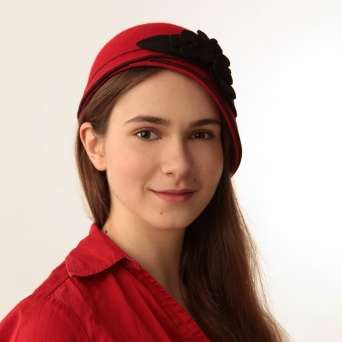The Bayerische Staastoper’s production of Rossini’s La Cenerentola is classic Ponnelle. It dates back to 1973 (when it premiered at Teatro alla Scala) and has made a film appearance (1981), so it’s unlikely to surprise anyone. Characters in vaguely 19th century costumes sing and dance in an undersized, two-dimensional, black-and-white set. Gestures and tics are exaggerated. Slapstick moments are milked. It’s silly and a little dumb, but so is Rossini’s opera. And at its best, Sunday night’s cast was irresistible. By the final tableau and pseudo-historical selfie (complete with a flash lamp), I couldn’t stop grinning.
Musically and dramatically, the opera got off to a rough start. The overture was sloppy, with some unsynchronized cut-offs and unbalanced dynamics. The first line of the Prince’s in “Un soave non so che” was hardly audible. The patter felt slow, and the energy of the cast generally felt low. There were exceptions. As Magnifico, Carlos Chausson proved that he was both a fabulous character actor and the owner of an impressive lyrical bass voice (especially for a buffo role), and Vito Priante’s Dandini had far too much fun twirling his cape, his rose, and his fake moustache while singing in an exaggeratedly expressive (if slightly underpowered) baritone. But the orchestra and stars needed warming up.
That changed in the second act. Javier Camarena’s top notes in “Si, ritrovarla io guiro” were astoundingly powerful and pure – heavy and belted, but almost bell-like in their steadiness and resonance. I’ve never heard a tenor sound quite like that before. The applause was thunderous. The Staastoper’s audience wasn’t as pushy as the Met’s and didn’t call for an encore, but it was a near thing. Isabel Leonard’s triumph came later, in the coloratura challenge “Nacqui all'affanno… Non più mesta”. She showed off a consistent, pleasant tone throughout the aria’s wide range and delivered precise, energetic runs and trills with a beautiful and triumphant smile.
As Cenerentola’s wicked stepsisters, Paola Gardina (Tisbe) and Clorinda (Eri Nakamura) were wonderfully over-the-top, even carrying their frivolous squabbles into the curtain call. Both had clear, light voices but were willing to sacrifice tone quality to character. Nakamura deserves a special mention for her horribly whiny final line and shrill keening at the end of the penultimate scene. Poor Alidoro had to plug his ears! As that supposed philosopher, Ildebrando D’Arcangelo disappointed: “Il mondo è un gran teatro” was uneven, sometimes showing great vocal richness and power, but sometimes underwhelming and inexpressive.
I’m not usually a fan of slapstick, but this staging did it so charmingly and coordinated it so well with the music that I was won over. The beautiful-voiced and snappily dressed chorus of courtiers often got bored and behaved boorishly, but then snapped back into position precisely on time. The completely incongruous musical interlude that featured a stroll interrupted by a downpour was an audience favorite because of its coddled star: an adorable black poodle. But the show’s running gag was silly walks. Courtiers, stepsisters, and even the philosopher Alidoro strutted, shuffled, trudged, marched, danced, and did some things I don’t have a name for across the stage. This conceit worked well with Rossini’s punctuated, repetitive music.
After the slips in the overture, the music was well-conducted by Antonello Allemandi and well-played by the Bayerische Staatsorchester. Allemandi’s style was well-suited to comedy, with a quick pace and sudden dynamic changes.
Don’t come to this Cenerentola looking for political commentary, deep psychological insights, or even three-dimensional characters. This is simply a fairytale full of silly walks and a selfie. But it’s sure to put a smile on the faces of audience members of all ages.




